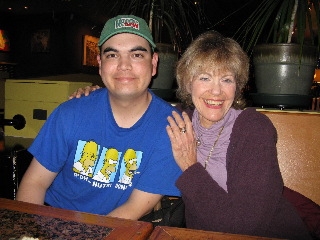- Intensity of inner work.
- Preparation for "facts."
- A visit to Finland.
- The "miracle" begins.
- Mental "conversations" with G.
- "You are not asleep."
- Seeing "sleeping people."
- Impossibility of investigating higher phenomena by ordinary means.
- A changed outlook on "methods of action."
- "Chief feature."
Mr. G. once again brings up the major issue of "chief feature"
or sometimes referred to us as Chief Fault.
According to Gurdjieff, each of us is formed around something he called the
Chief Feature, the organizing principle of our personality and a primary
obstacle to awakening. This is our main characteristic, an overall pattern coloring
all our behavior, which is often perfectly obvious to our friends and family but -
no matter how many times we're told about it - is entirely opaque to us.
It's our most obvious feature - and we're numb to it!
No matter how supposedly introverted we are, the likelihood is we know
ourselves scarcely at all. Our buffer-hidden contradictions, our mechanicality,
our self-concealment - these phenomena could explain a great deal of our swept-along,
baffling and violent lives.
- G. defines people's chief feature.
- Reorganization of the group.
- Those who leave the work.
- Sitting between two stools.
- Difficulty of coming back.
- G.'s apartment.
- Reaction to silence.
- "Seeing lies."
- A demonstration.
- How to awake.
- How to create the emotional state necessary.
- Three ways.
- The necessity of sacrifice.
- "Sacrificing one's suffering."
- Expanded table of hydrogens.
- A "moving diagram."
- A new discovery.
- "We have very little time."
|
 Return
Chapter #12
Chapter #14
Return
Chapter #12
Chapter #14